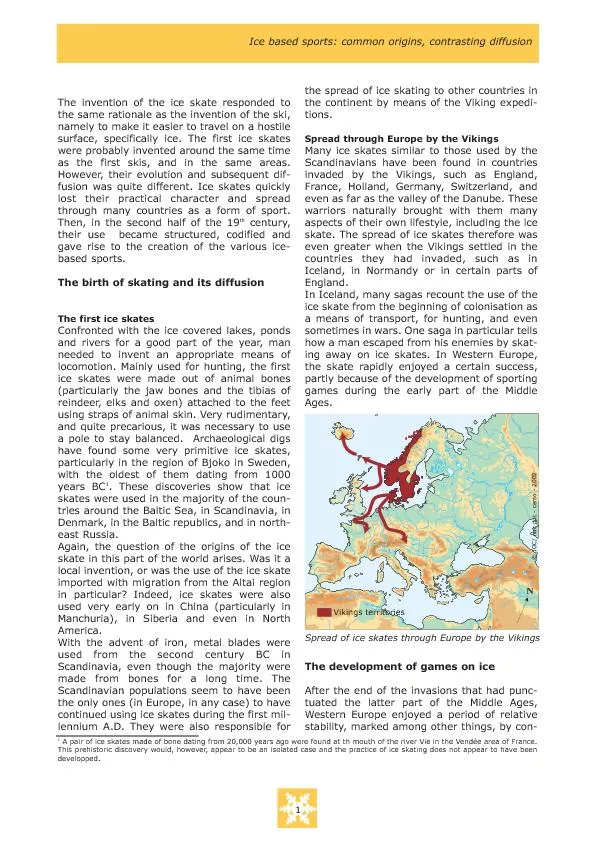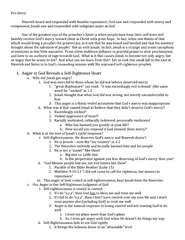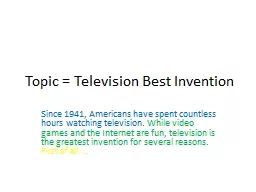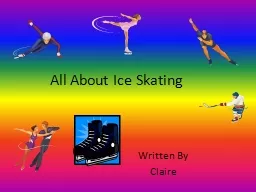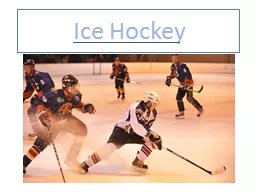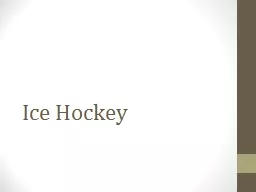PDF-The invention of the ice skate responded tothe same rationale as the i
Author : stefany-barnette | Published Date : 2016-04-25
The birth of skating and its diffusionThe first ice skates Confronted with the ice covered lakes pondsand rivers for a good part of the year manneeded to invent
Presentation Embed Code
Download Presentation
Download Presentation The PPT/PDF document "The invention of the ice skate responded..." is the property of its rightful owner. Permission is granted to download and print the materials on this website for personal, non-commercial use only, and to display it on your personal computer provided you do not modify the materials and that you retain all copyright notices contained in the materials. By downloading content from our website, you accept the terms of this agreement.
The invention of the ice skate responded tothe same rationale as the i: Transcript
Download Rules Of Document
"The invention of the ice skate responded tothe same rationale as the i"The content belongs to its owner. You may download and print it for personal use, without modification, and keep all copyright notices. By downloading, you agree to these terms.
Related Documents

